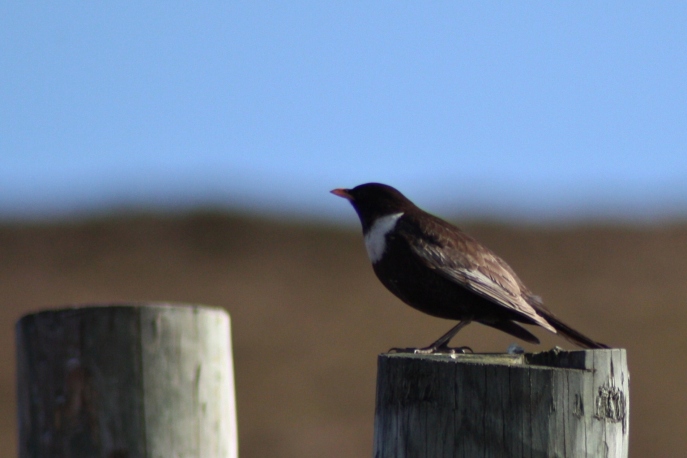Coming to visit us in the Cairngorms again when this is all over? Here’s a blog that’s been adjusted slightly from an old newsletter about the wonderful wildlife that surrounds us here in the Cairngorms:
It’s not just reindeer that you might see here, there’s so much more. Around 25% of the UK’s threatened flora and fauna can be found here, and some of it is very easy to spot. The Red Squirrel is perhaps one of the most iconic animals in Scotland, but there’s no need to search too hard for them at Reindeer House as they are usually to be found on the peanut feeders in our garden or in the reindeer paddocks beside the house. Sometimes people soon forget about the reindeer when the squirrels make an appearance!


Another bird feeder highlight is the Crested Tits, a much sought after species for bird watchers due to their rarity. And like the squirrels, look no further than our front garden (but only in the winter months)! Every winter we have absurdly good views from our office window, mere feet away. The bird table is also visited by Siskins, Chaffinches, Blue Tits, Great Tits, Coal Tits, Robins, Blackbirds and Dunnocks. Among many other species, Crossbills are to be found in the forests around Reindeer House, and Pine Martens are seen regularly right outside the house at nighttime, much to our delight.
Many visitors to our hill enclosure remark upon the Mallards pottering around amongst the reindeer, a somewhat surprising sight it seems, especially so in the snow. The ducks do have an ulterior motive as they are after the barley in the reindeer feed, arriving every day on schedule to clear up after feeding time! They could well be the best fed ducks in Scotland. Other enclosure visitors are the Snow Bunting flocks in winter, having bred up on the high mountain plateau during the summer; and sometimes we have a pair of curlew in summer residence too.

In fact our 1200 acre enclosure on the slopes of the Cairngorms is home to a variety of wildlife all year round, much of it being rather secretive. May expeditions to search for newly born calves at an unsociably early hour result in good views of Black Grouse, displaying right in the middle of the enclosure. However, by the time we take visitors up the hill at 11am the grouse have sensibly retired for the day. The Red Grouse are easier to see, and are a common sight on the reindeer treks in the summer as they nest near our trek routes. Most exciting of the grouse species is the elusive Capercaillie, of which we see a few of each year in the pine forest down near Utsi’s Hut, in the far reaches of the hill enclosure.

And there’s plenty more. We spend hours out on the Cairngorm plateau in the summer, checking the female reindeer and their calves (if we can find them!), and frequently see the most alpine of the grouse species, the Ptarmigan; and Dotterel, rare migrant waders. Golden Eagles are spotted occasionally too.

So while our focus is undoubtedly the reindeer, sometimes they do have to share the limelight with other species. Reindeer were originally native to Scotland, and while we will probably never see the likes of bears, wolves and wolverines roaming free here again, visitors to the Cairngorms can catch a glimpse of the past as the reindeer browse the heathery slopes.
Hen




